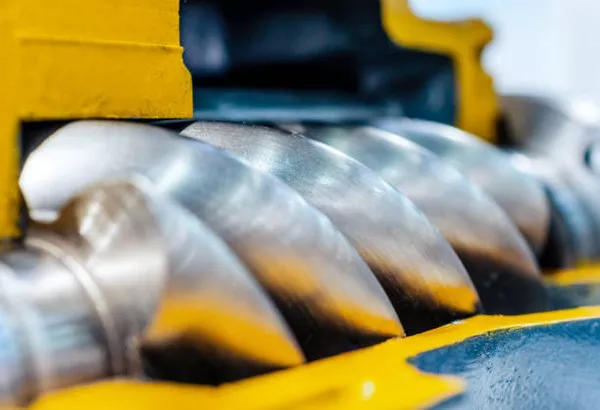The world of guitar effects pedals can be both exciting and overwhelming, with countless options available to shape and refine your tone. One crucial element in any guitarist’s pedalboard is the compressor pedal, a device designed to smooth out the dynamics of your playing and enhance sustain. However, the question of where to place the compressor pedal in your signal chain is a topic that often sparks debate among musicians. In this article, we will explore the factors that influence the optimal placement of a compressor pedal and how it can affect your overall sound.
Understanding the Compressor Pedal:
Before delving into the placement considerations, let’s briefly understand the role of a compressor pedal. Compressors work by leveling out the volume of your guitar signal, reducing the dynamic range between loud and soft notes. They achieve this by attenuating the signal when it exceeds a certain threshold, resulting in a more consistent and balanced sound.
Factors Influencing Placement:
1. Dynamic Range Management:
The primary purpose of a compressor is to manage the dynamic range of your guitar signal. Placing the compressor early in the signal chain allows it to even out the dynamics before the signal interacts with other effects. This can be particularly beneficial for maintaining a consistent volume when using other dynamic pedals like overdrive or distortion.
2. Interaction with Gain Stages:
The position of the compressor in relation to gain stages, such as overdrive and distortion pedals, is crucial. Placing the compressor before these gain-inducing effects can enhance sustain and provide a smooth, compressed signal for the subsequent stages to work with. Conversely, placing it after these effects can result in a more even tone, especially if you’re aiming for a cleaner sound.
3. Sensitivity to Input Signal:
Compressors often react differently to varying input signals. Placing the compressor early in the chain can ensure that it responds more effectively to the nuances of your playing, capturing the full range of dynamics. This is particularly important if you use the compressor to emphasize the attack of your notes.
4. Effects Loop Considerations:
Many guitarists use effects loops, which allow certain pedals to be placed between the preamp and power amp sections of an amplifier. If your amplifier has an effects loop, experimenting with placing the compressor in this loop can yield different results. Compressing the signal post-preamp can provide a unique tonal character, especially when working with time-based effects like delay and reverb.
5. Tonal Preferences:
Ultimately, the placement of the compressor depends on your tonal preferences and the specific characteristics you want from the pedal. Some guitarists prefer a heavily compressed signal, while others may opt for a more subtle effect. Experimenting with different placements can help you discover the sweet spot that complements your playing style and overall sound.
Common Signal Chain Placements:
Before Gain Stages:
Placing the compressor before gain stages (overdrive, distortion) is a popular choice for many guitarists. This setup allows the compressor to smooth out the dynamics, providing a consistent signal for the subsequent gain effects to shape. It enhances sustain and can result in a more controlled and polished tone.
After Gain Stages:
Placing the compressor after gain stages is another valid option, especially if you want to maintain the character of your overdrive or distortion pedals while still benefiting from compression. This setup can yield a more even tone and is often favored by those who prioritize the texture and grit of their gain effects.
In the Effects Loop:
If your amplifier has an effects loop, placing the compressor in this loop can be an intriguing choice. This allows the compressor to work on the signal post-preamp, providing a different tonal flavor that interacts uniquely with time-based effects like delay and reverb.
See Also How Much Is An Air Conditioner Compressor
Conclusion:
In the ever-expanding world of guitar effects, the placement of a compressor pedal in your signal chain is a subjective decision that depends on your playing style, tonal preferences, and the specific characteristics you seek from the pedal. Experimentation is key, and understanding how the compressor interacts with other pedals in different positions can lead to discovering your ideal setup.
Whether placed before or after gain stages, in the effects loop, or at the beginning of your signal chain, a compressor pedal can be a valuable tool for sculpting your guitar tone. Take the time to explore the possibilities, listen attentively to the changes in your sound, and let your ears guide you to the optimal placement that enhances your playing and musical expression.

